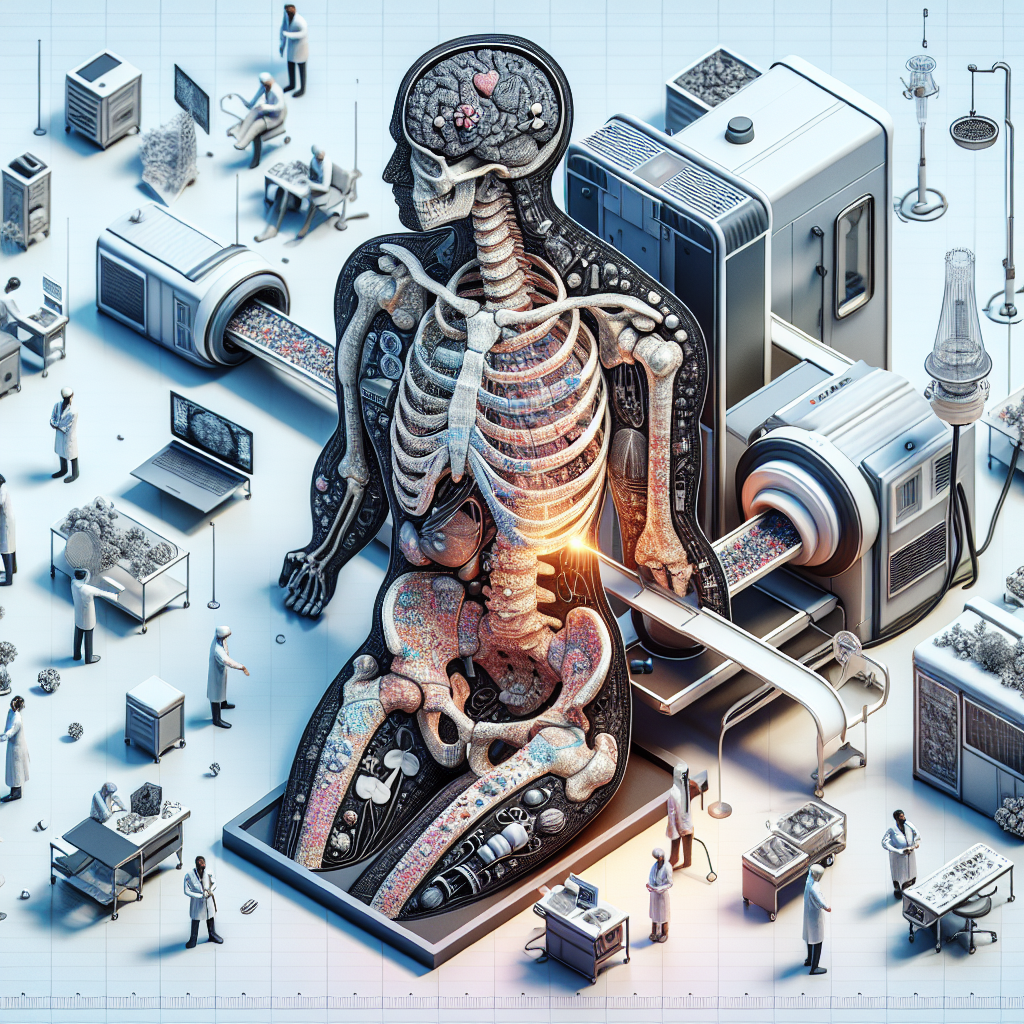Introduction
Radiography is a commonly used medical imaging technique that helps healthcare professionals diagnose and treat various diseases. It uses X-rays to produce detailed images of the inside of the body, allowing doctors to identify abnormalities and plan the appropriate course of treatment. While radiography can be used for a wide range of medical conditions, there is one disease in particular that is often treated with this imaging modality. In this article, we will explore what this disease is and how radiography plays a crucial role in its diagnosis and treatment.
Table of Contents
- What is Radiography?
- The Disease that Treated with Radiography
- How Radiography Helps in Diagnosis
- How Radiography Helps in Treatment
- Key Takeaways
- FAQ
- Conclusion
What is Radiography?
Radiography is a medical imaging technique that uses X-rays to create images of the body’s internal structures. It is a non-invasive procedure that can provide valuable information about the presence and extent of diseases or injuries. Radiography is commonly used to examine bones, lungs, and the digestive system, among other areas of the body. It is a safe and effective diagnostic tool that can help healthcare professionals make accurate diagnoses and develop appropriate treatment plans.
The Disease that Treated with Radiography
One of the diseases that can be effectively treated with radiography is lung cancer. Lung cancer is a malignant tumor that develops in the lungs and can spread to other parts of the body if not detected and treated early. Radiography plays a crucial role in the diagnosis and staging of lung cancer, as well as in monitoring the effectiveness of treatment.
How Radiography Helps in Diagnosis
Radiography can help diagnose lung cancer by producing detailed images of the lungs. These images can reveal the presence of abnormal growths or tumors, as well as any changes in the size or shape of the lungs. Radiography can also detect the spread of cancer to nearby lymph nodes or other organs. By providing a visual representation of the disease, radiography enables healthcare professionals to make an accurate diagnosis and determine the stage of the cancer.
How Radiography Helps in Treatment
Radiography plays a key role in the treatment of lung cancer. It is used to plan and guide radiation therapy, which is a common treatment option for this disease. Radiation therapy involves using high-energy X-rays to destroy cancer cells or prevent them from growing. By using radiography to create precise images of the tumor and surrounding structures, healthcare professionals can accurately target the radiation to the cancerous cells while sparing healthy tissues.
Radiography is also used to monitor the progress of treatment. Follow-up radiography scans can help healthcare professionals assess the response to treatment and make any necessary adjustments. This ensures that the treatment remains effective and minimizes the risk of complications.
Key Takeaways
– Radiography is a medical imaging technique that uses X-rays to create images of the body’s internal structures.
– Lung cancer is one of the diseases that can be effectively treated with radiography.
– Radiography helps in the diagnosis of lung cancer by producing detailed images of the lungs, revealing the presence and stage of the disease.
– Radiography is also used to plan and guide radiation therapy for lung cancer, ensuring accurate targeting of cancerous cells while sparing healthy tissues.
– Follow-up radiography scans are used to monitor the progress of treatment and make necessary adjustments.
FAQ
Can radiography be used to treat diseases other than lung cancer?
Yes, radiography can be used to diagnose and treat various diseases and conditions. It is commonly used in orthopedics to examine bones and joints, as well as in dentistry to evaluate dental health.
Is radiography safe?
Radiography is generally considered safe. However, it does involve exposure to a small amount of radiation. The benefits of radiography in diagnosing and treating diseases usually outweigh the risks associated with radiation exposure. Healthcare professionals take precautions to ensure that the radiation dose is kept as low as reasonably achievable.
Conclusion
Radiography is a vital tool in diagnosing and treating various diseases, including lung cancer. Its ability to produce detailed images of the body’s internal structures allows healthcare professionals to accurately diagnose diseases and plan appropriate treatment strategies. In the case of lung cancer, radiography plays a crucial role in both diagnosis and treatment. By using radiography, healthcare professionals can identify the presence and stage of lung cancer, as well as guide radiation therapy to target cancer cells while minimizing damage to healthy tissues. Radiography continues to be an invaluable tool in the fight against diseases, improving patient outcomes and saving lives.




